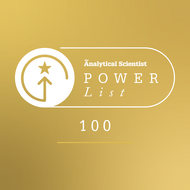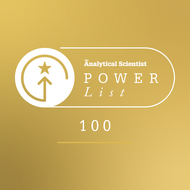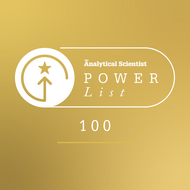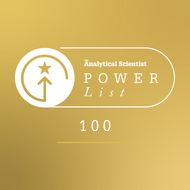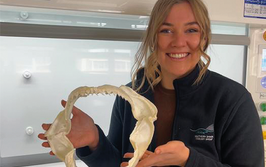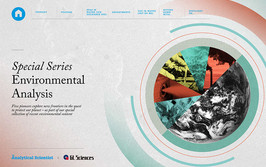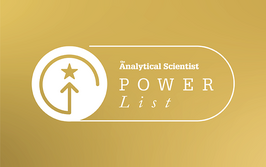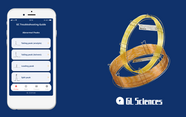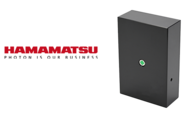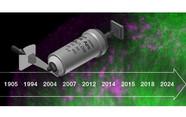Gary Hieftje
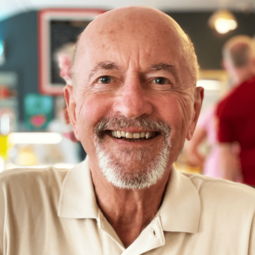
Distinguished Professor Emeritus, Department of Chemistry, Indiana University, USA
A mentor or educator who has inspired you? My doctoral research advisor Howard V. Malmstadt had a great influence on me. Alongside providing resources and support, he also provided me with the freedom to pursue the research directions I chose with confidence. The effectiveness of this approach is clear from the many graduates of his program that later assumed faculty positions at some of the most prestigious analytical chemistry schools across the world. Howard’s dedication to teaching and research in an educational institution is reflected in the attitudes and careers of most of those graduates – myself included.
Qualities of a successful mentor and educator? Enthusiasm. If the advisor or educator isn’t excited about the research or teaching subject, how can the mentee be?
Attracting talent… Analytical science is often viewed as the servant of other disciplines. We need to raise the stature of our field by highlighting basic discoveries and new inventions that open up entirely new avenues of scientific investigation. As Sir Humphry Davy once said, “Nothing begets good science like the development of a good instrument."
The decade’s most important development? Although its introduction is now more than ten years ago, I believe the invention of mass cytometry has been one of the most important within our field. It enables single cells or collections of them to be detected and identified in a continuous manner – creating new opportunities in biomolecular and biomedical characterization.
Biggest challenge facing the field? Excessive concentration on applications and chasing the most recent “hot” problem instead of emphasizing fundamental research and the development of novel instruments and methods. The latter will build the field and break ground for the future. Additionally, the rapid emergency of artificial intelligence is likely to affect analytical activities in the applied areas rather than in fundamental or hypothesis-driven research.
